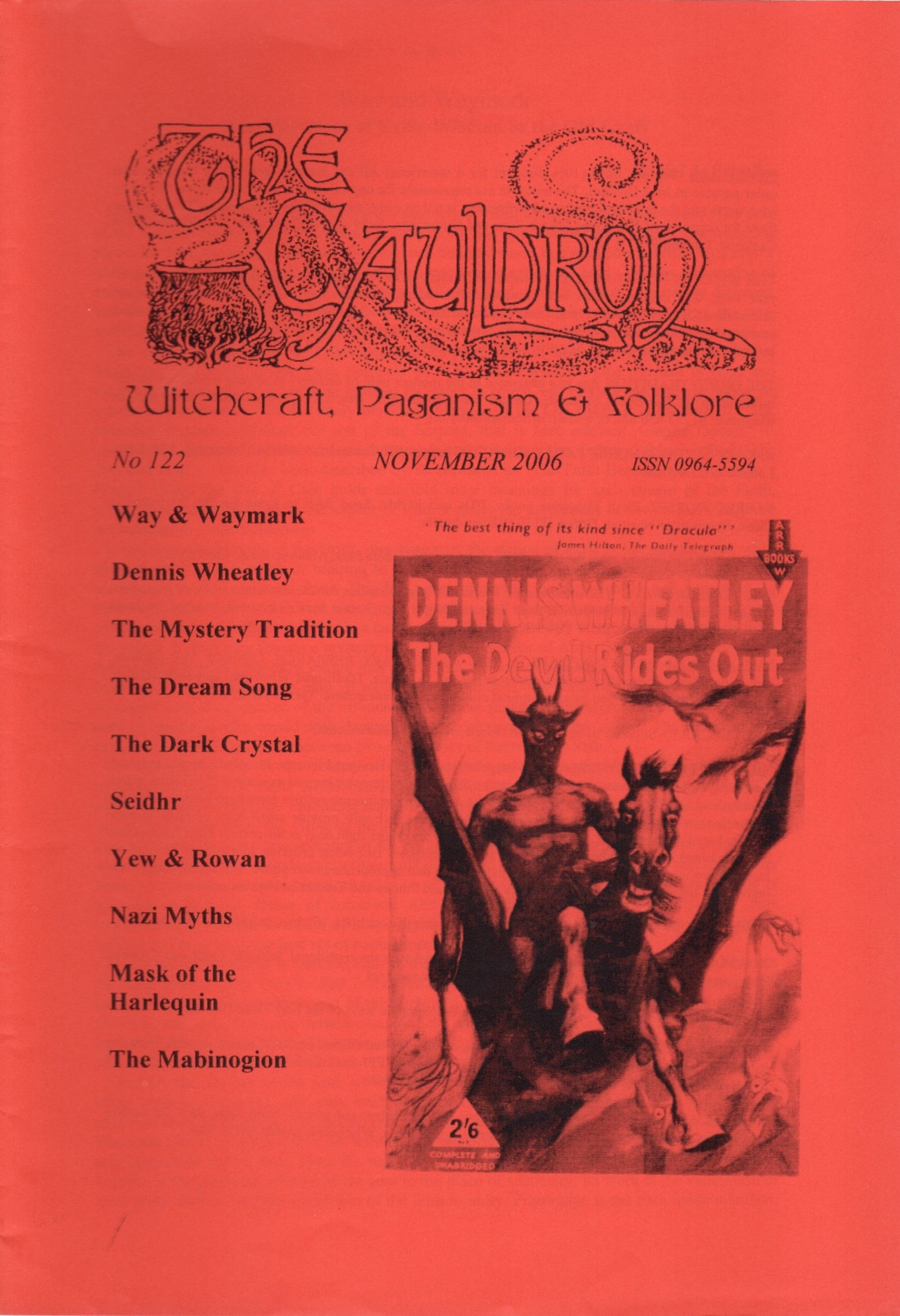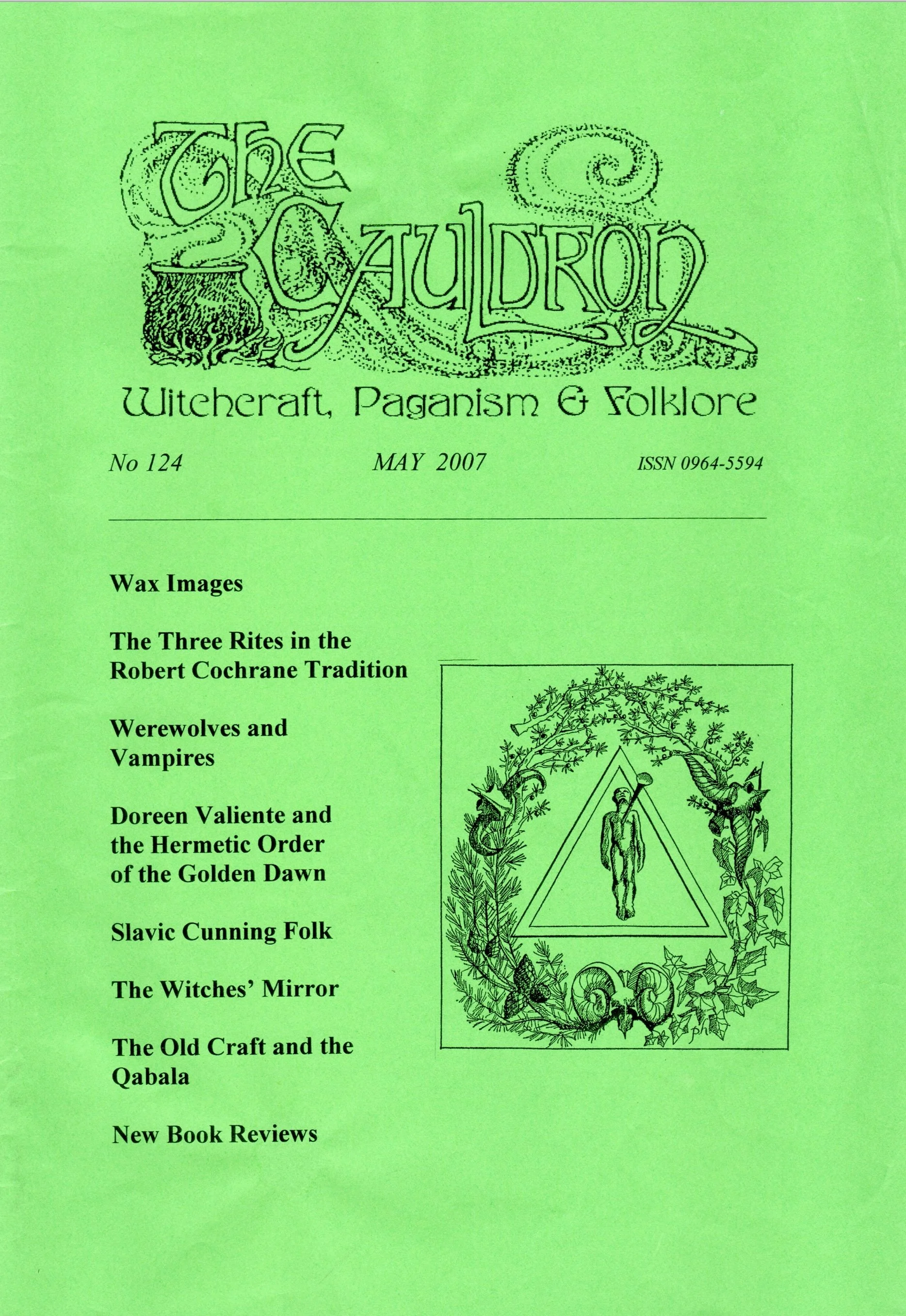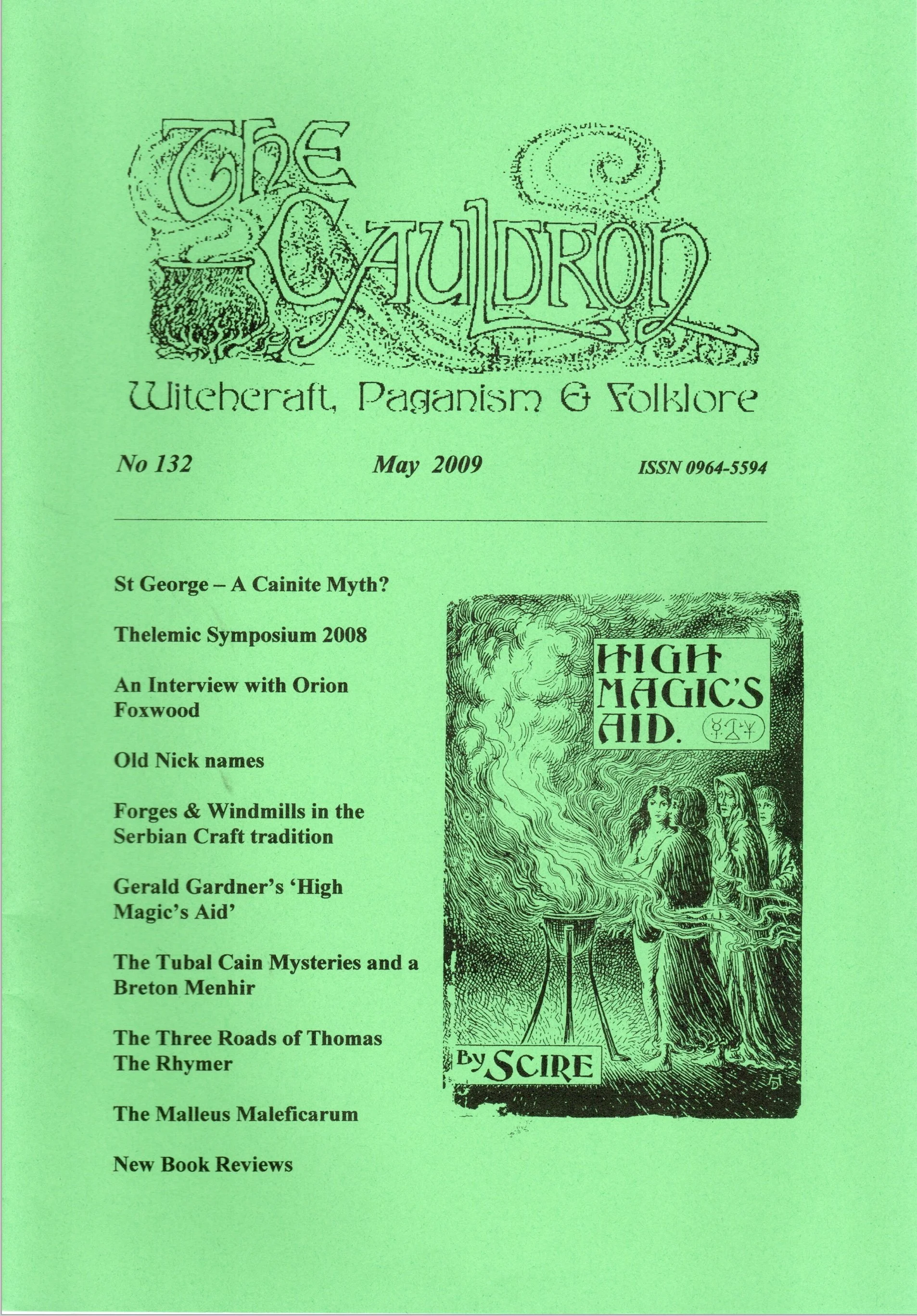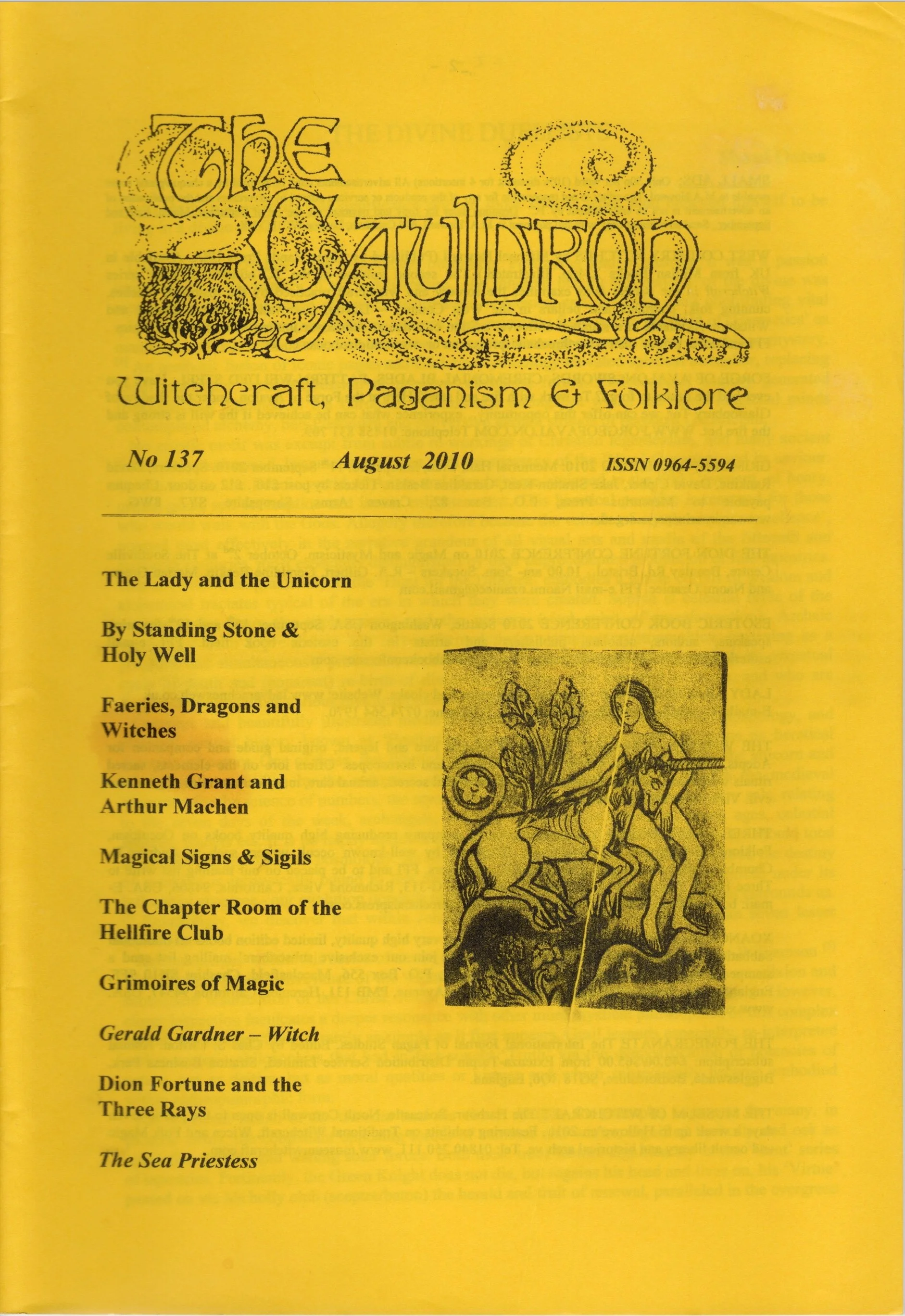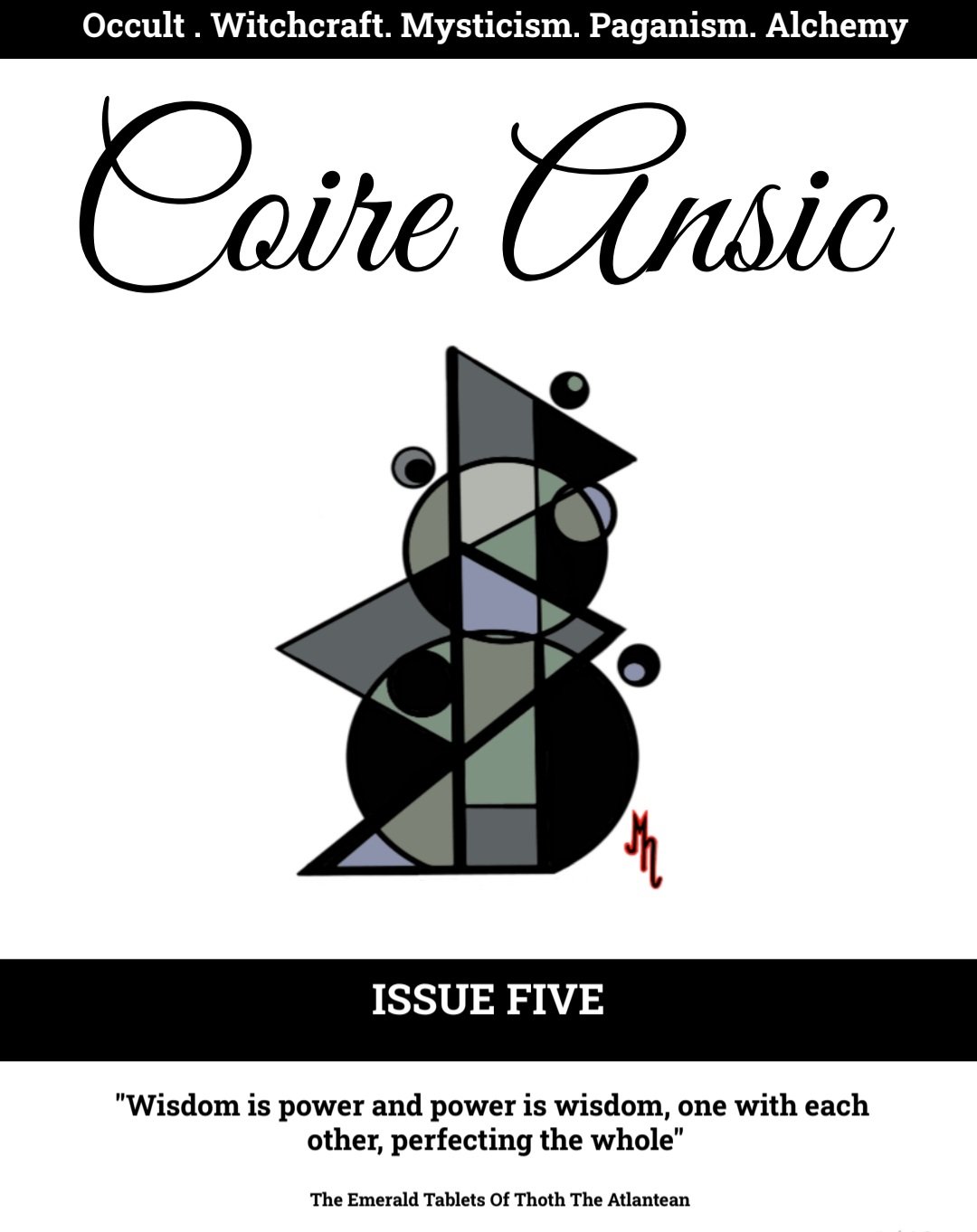Shani Oates
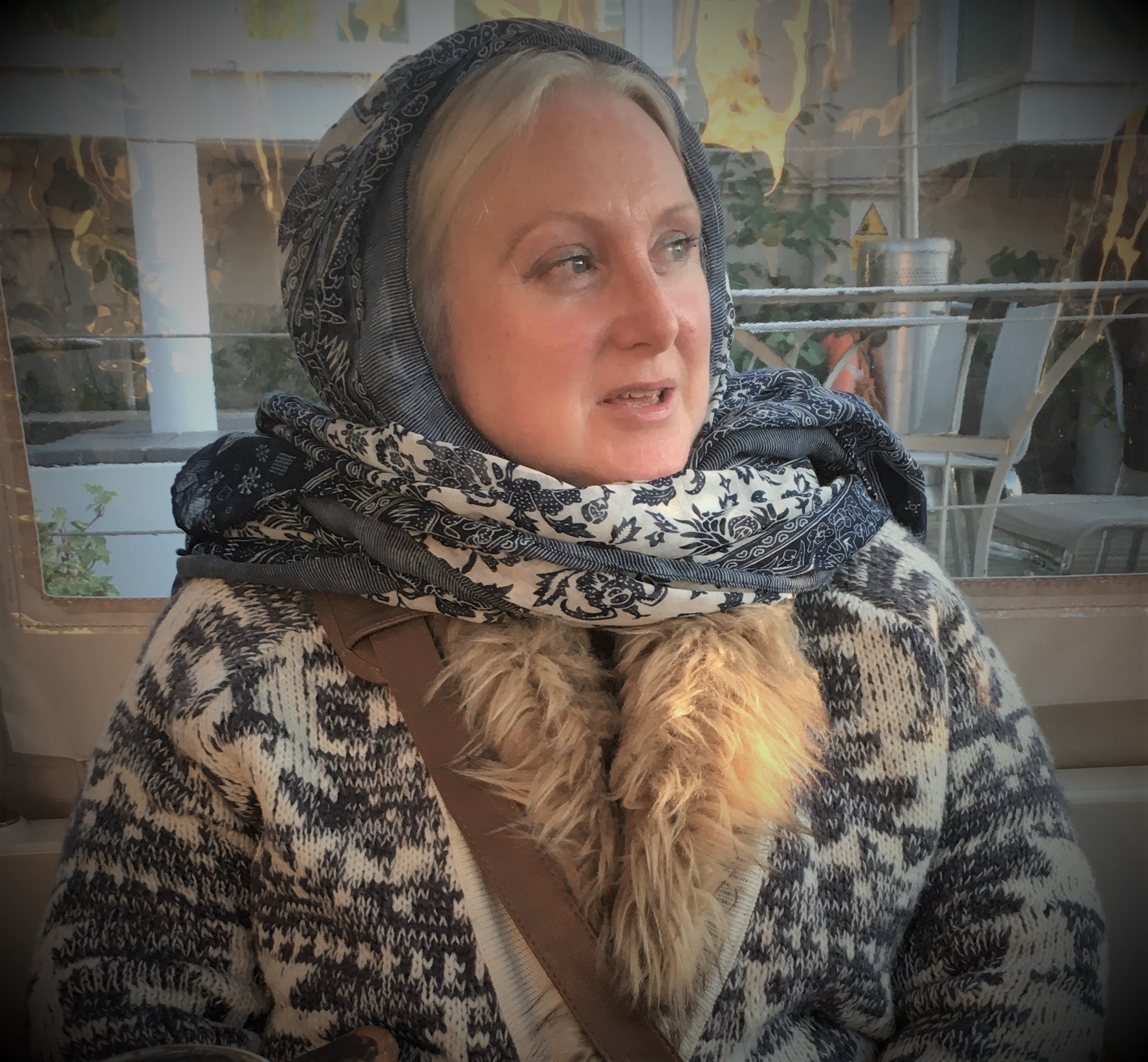
As Spae-wife and Matriarch of the Robert Cochrane Tradition: ‘The People of Goda, The Clan of Tubal Cain,’ Shani Oates is a pilgrim and practitioner of the true esoteric mysteries of the arcane ‘Other and an Independent scholar and researcher of Ancestral Anthropology and Theology of the Myths, Gods and Archetypes preserved in the Cults and Crafts of Witchcraft and Folk-magics.
https://www.facebook.com/clanoftubalcain/
Publications
Sigrun & the Mist is a thrilling retelling of an Icelandic folktale in which heroes, giants, pirates, princes, gods and Valkyries clash in the frozen fjords and mighty mountains of the farthest Northlands.
Robert Cochrane – a name synonymous with Traditional Craft – is perhaps one of its most controversial figures of the 20th century. Scores of articles, books, blogs and webpages claim much in his name, each a pastiche of the other, and though they are a testament to his popularity, they offer little substance regarding his work, and even less in terms of factual information.
Óðinn’s identity as the Ecstatic God of the Tethers of Law and Death, is least recognised through his Skin-Turning and Shape-shifting techniques as gifts of the highest craft he imparts to a shamanic warrior elite.
Óðinn has been scandalised and deified in equal measure by medieval churchmen, demonising pre-Christian beliefs, and more recently by the romantic idealists and nationalists of the 20th Century, who glamorised them, to the extent that the genuine historical persona of this popular figure is saturated in complex, confusing mythology.
Studies of the Sagas invariably focus upon the events conveyed in Havamal as either a supernatural occurrence, a construct devoid of historical facts, or, as an historical piece separated from magical elements.
Always, the Devil is presented as a beacon of decadence and indulgence, whether fair or foul. And, whether droll or tragic, he does – in spite of his bad press – appear always to have our best interests at heart.
Tradition is about Folk Magick and community customs – it thrives as a Faith, both lived and applied in Craft, and realised in Arte. Crafting the Arte of Tradition bares its soul while explaining its engagement of the ‘Other’ found in Wind-walkers, Wights, Covenants and Kings, Ancestors and Fools, Old Gods, Law and Lore, custom and culture, Fate and Magick, Divination and prophecy, tools of Craft and of Trade, and finally, Mysteries and Mysticism.
Serpent Songs is an anthology of the voices of traditional craft: the words and works of those who remain untamed, cunning folk, exorcists, pellars, sorgin, witches and mystics. A collection of fifteen essays, introduced and curated by Nicholaj de Mattos Frisvold.
Periodicals
This Issue of Coire returned to a more traditional feel, with many articles discussing or heavily leaning into more gnostic, traditional, or hermetic content including workings on ‘the harewoman’, hedge witchery and folk witchcraft.
This issue saw an upturn in submissions from different contributing authors as well as more contemporary book reviews for books recently released. It contained more works from outside the uk and covered a winder variety of pathways and folklore from different locations.
This Issue of Coire was the first to see the introduction of art submissions alongside articles and poetry. This issue carried a somewhat ‘festive’ them due to its time of publication but was not themed as such, with articles still covering a wide range of topics.
This Issue of Coire was the most popular to date with a surge of sales with allowed the non-profit zine opportunity to expand in both quality and reach.
Following the enormous success of the first issue, we are delighted to announce Abraxas No.2 is now available. Substantially larger than the first issue, Abraxas No.2 offers over 200 pages of essays, poetry, interviews and art.















